This scene is a historical lighthouse at the north tip of Keweenaw Peninsula in the upper peninsula of Michigan. It is a little more than a mile away from the shooting location. This is a very good lens testing spot because the light house has not access on land and is isolated from any man made subjects. Moreover, since the temperature of Lake Superior is low even in the summer, the atmosphere effect is minimal in lower temperature days, usually in late summer. Hence, it is ideal for lens testing as a subject at infinity. Shooting parameters are as follows. First, SATURATION, CONTRAST and SHARPNESS were set to LOW as in all tests. Second, ISO 80 was used. Third, aperture-priority mode is used with aperture set to f/5.6 and shutter speed is determined by the camera metering system. The multisegment metering mode was used. In general, shutter speed was 1/800 or 1/1000 sec. However, since I did not have the Sony DH1758 in hand at the same time, the Sony DH1758 was taken later in a cloudy day. As a result, the shutter speed used was considerably slower at 1/125 sec, and tonality in the Sony DH1758 image is very different from those of the other cameras. Since it was a little windy, OIS mode 2 was used in case the lens and camera combo may cause slight camera shake. Fourth, for each lens, 3 to 5 shots were taken and the best was selected as the "representative" of the lens being used. Fifth, the center, below (slight off) center, left edge and right edge of an image are cropped for center and edge sharpness comparison.
The following shows the images taken with the nine teleconverter lenses being tested. The Nikon TC-E17ED seems to capture a slightly larger image, and the Nikon TC-E15ED image shows a little more corner light fall-off at the corners. Moreover, the image captured by Olympus TCON-14B and Minolta ACT-100 are slightly warmer than those of the others. Also note that the Nikon TC-E17ED image has a slightly different composition due to the change of shooting angle; but, this would not cause any different conclusion.
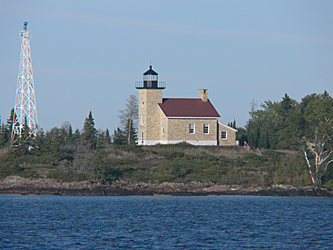
|
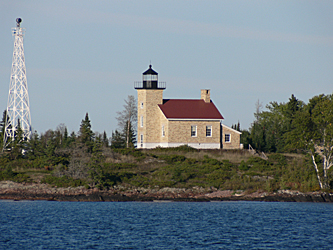
|
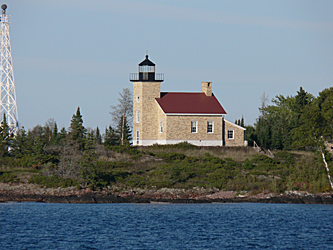
|
| Canon TL55 1.4X | Olympus TCON-14B 1.45X | Konica Minolta ACT-100 1.5X |
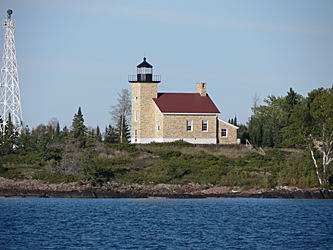
|
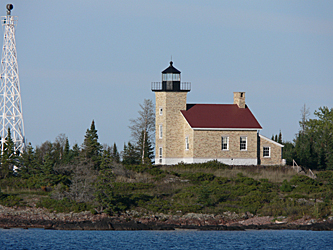
|
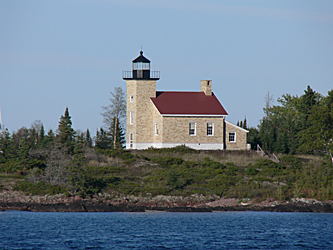
|
| Nikon TC-E15ED 1.5X | Nikon TC-E17ED 1.7X | Panasonic LT55 1.7X |
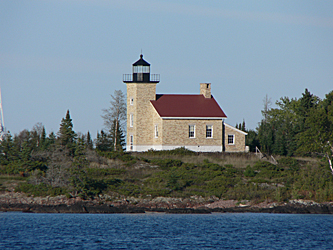
|
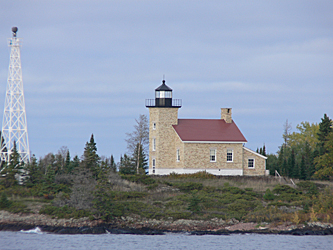
|
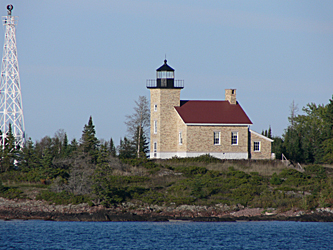
|
| Olympus TCON-17 1.7X | Sony VCL DH1758 1.7X | Sony VCL HGD1758 1.7X |
| Click here to download the above full size images (scene-1-images.zip (29.6mb)) | ||
The following shows the 100% center crops of the original image. Since this portion is used for autofocus, it should be very sharp. Moreover, since lenses are usually sharp in the center, this portion should also be the best in the image of each lens. It is clear that the Nikon TC-E17ED and TC-E15ED captured the sharpest images with the TC-E15ED slight behind perhaps due to a smaller reproduction ratio causing the details not being revealed completely. The Sony HGD1758 is slightly behind but not by much. The problem with the Sony HGD1758, however, is chromatic aberration around the light tower in the form of purple fringes. In terms of sharpness, the Sony DH1758 may be as good as the HGD1758 with less chromatic aberration and less magnification (i.e., captured a slightly smaller image). The Minolta ACT-100 is as good as the Olympus TCON-17; but, the former could be slightly ahead as demonstrated by the fence around the light tower. Moreover, the TCON-17 image has a significant purple fringe that the Minolta ACT-100 does not have. The Panasonic LT55 is slightly behind the TCON-17. The Olympus TCON-14B is also good, slightly better than the Minolta ACT-100; but, it has a trace of purple fringe around the roof of the light tower. The Canon TL55 may be as good as the other 1.5X class converters in terms of sharpness; however, its low contrast makes the Canon TL55 the worst of all converters. Please note the tonality similarity among the Canon TL55, Sony DH1758 and Sony HGD1758 as their colors are more or less in the bluish and cooler side, and the tonality of Olympus TCON-14B and Minolta ACT-100 is warmer.
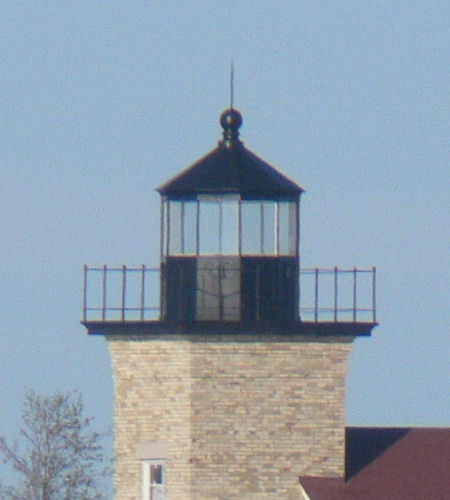
|
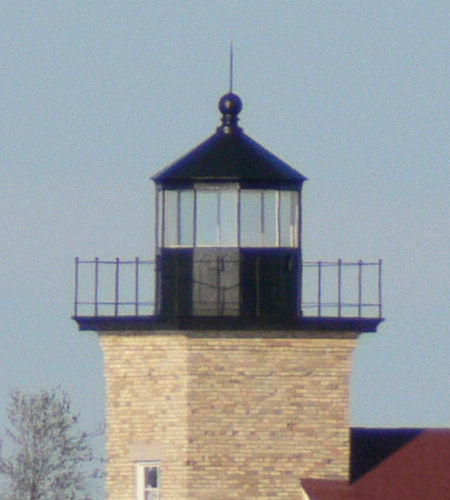
|
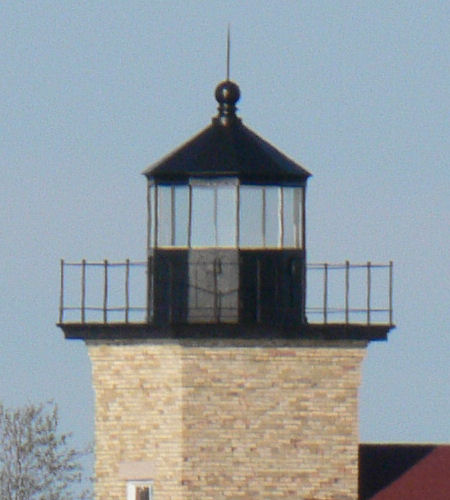
|
| Canon TL55 1.4X | Olympus TCON-14B 1.45X | Konica Minolta ACT-100 1.5X |
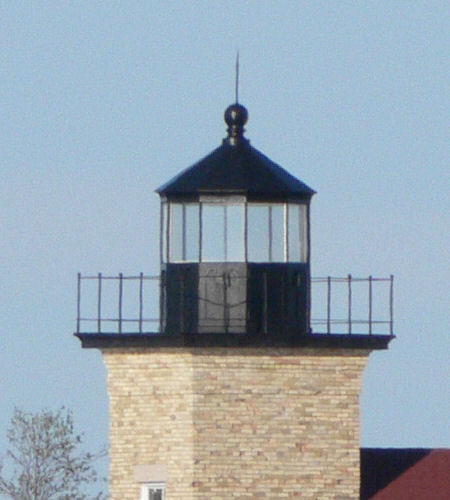
|
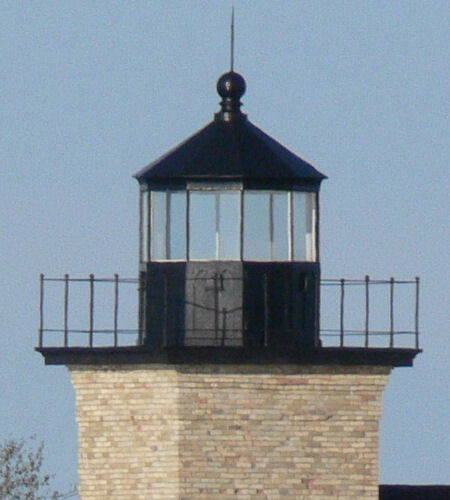
|
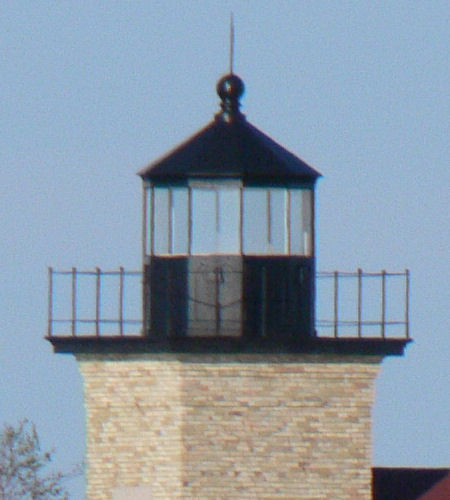
|
| Nikon TC-E15ED 1.5X | Nikon TC-E17ED 1.7X | Panasonic LT55 1.7X |
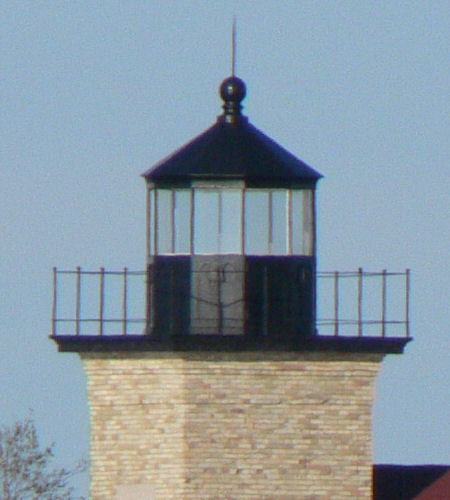
|
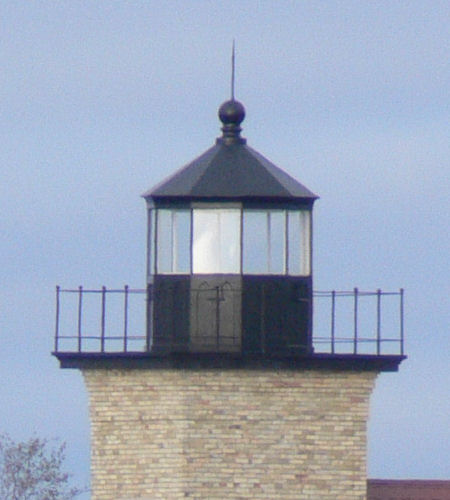
|
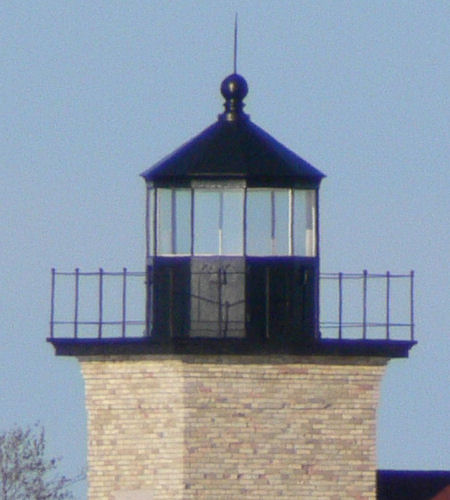
|
| Olympus TCON-17 1.7X | Sony VCL DH1758 1.7X | Sony VCL HGD1758 1.7X |
The next round is the area slightly off center. The following images are the 100% crop of the small portion below the left window of the front wall. All 1.7X converters performed well with the Nikon TC-E17ED still in the leading position. Due to a higher contrast, TC-E17ED captured the fine texture of the white portion of the wall and none of the other four 1.7X converter came close. The Panasonic LT55 is slightly better than the Olympus TCON-17. Surprisingly enough, the Sony DH1758 also performed well although its contrast is the lowest of these five. Of the four 1.5X class converters, the Nikon TC-E15 and Minolta ACT-100 took the lead, and, the latter is very slightly sharper than the former. The Canon TL55 is behind these two with the TCON-14B being the worst.
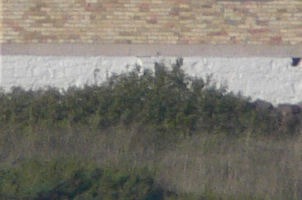
|
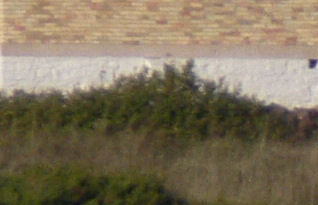
|
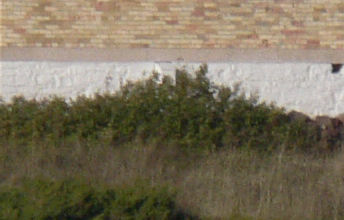
|
| Canon TL55 1.4X | Olympus TCON-14B 1.45X | Konica Minolta ACT-100 1.5X |
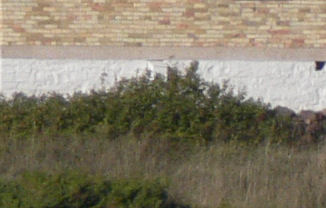
|
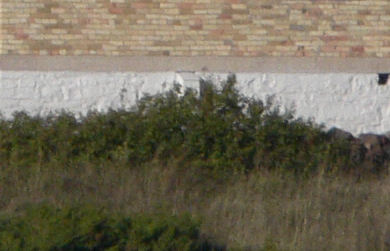
|
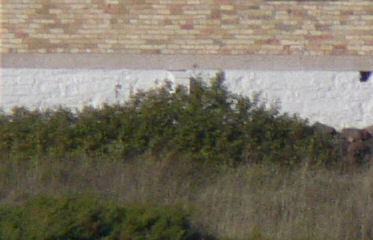
|
| Nikon TC-E15ED 1.5X | Nikon TC-E17ED 1.7X | Panasonic LT55 1.7X |
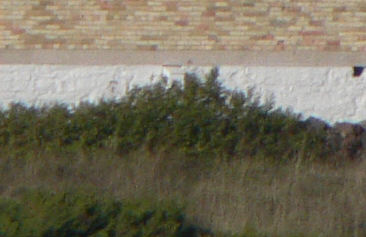
|
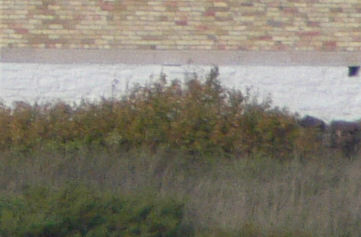
|
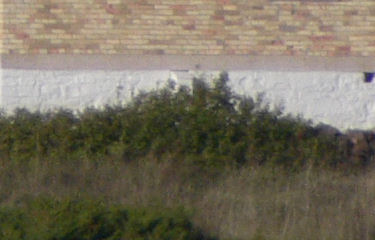
|
| Olympus TCON-17 1.7X | Sony VCL DH1758 1.7X | Sony VCL HGD1758 1.7X |
Then, we look at the left edge area. The following images show the lower left 100% crops. Of these nine crops, the Sony DH1758 has the worst result. It is so blurred that we see a halo surrounding the little lake wave in the image. The Nikon TC-E17ED and TC-E15ED are the best for their capability of capturing the details of the rocky lake shore. This is followed by the Sony HGD1758, which is slightly better than the Panasonic LT55. In previous images, the Panasonic LT55 is not as good as the Olympus TCON-17; but, in this particular case, the TCON-17 is slightly behind the Panasonic LT55 because its left most edge is not as good. For the 1.5X class lenses, I still believe TC-E15ED is better. I believe the TCON-14B and Minolta ACT-100 are very similar, and, depending on how you interpret the result you might consider the TCON-14B being a little better. The Canon TL55 is not good, but, it is still better than the Sony DH1758.

|
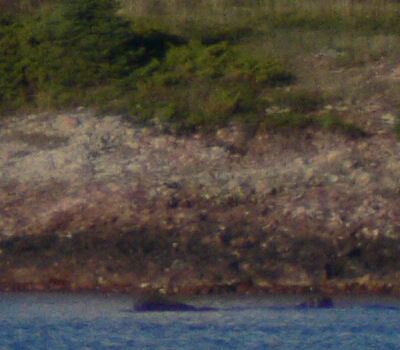
|
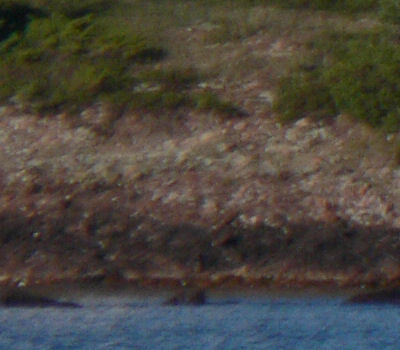
|
| Canon TL55 1.4X | Olympus TCON-14B 1.45X | Konica Minolta ACT-100 1.5X |
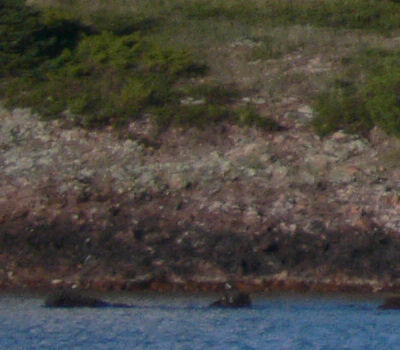
|
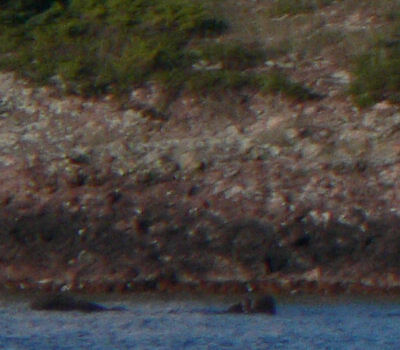
|
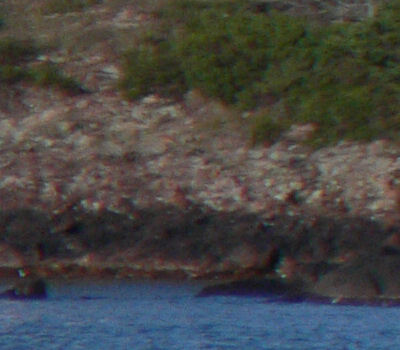
|
| Nikon TC-E15ED 1.5X | Nikon TC-E17ED 1.7X | Panasonic LT55 1.7X |
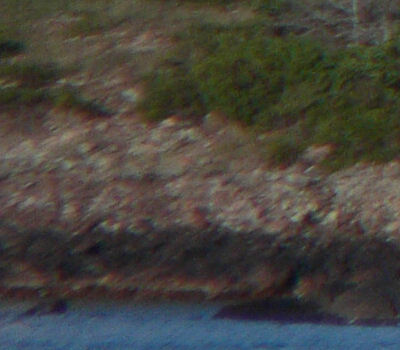
|
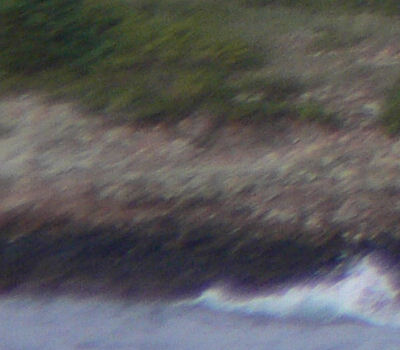
|
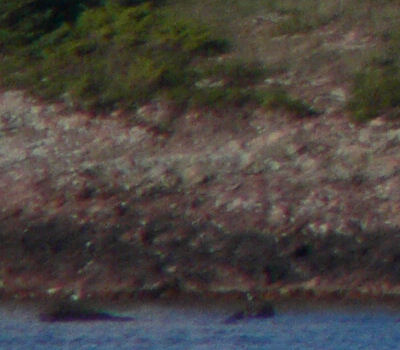
|
| Olympus TCON-17 1.7X | Sony VCL DH1758 1.7X | Sony VCL HGD1758 1.7X |
The last comparison is the extreme right edge as shown in the following 100% crops. The TC-E15ED is the best. While the TC-E17ED is also good, it is difficult to make a judgment because its crop does not show the same area. However, the rocky lake shore does not look as sharp as that of the TC-E15ED. In the remaining, the TCON-17 and Panasonic LT55 performed similarly with the TCON-17 slightly better, and both are better than the Sony HGD1758. The Sony DH1758 did not perform as bad as in the left edge case; but, it still is inferior to other 1.7X converters. The Minolta ACT-100 and TCON-14B are better than the Canon TL55, and both show some degree of chromatic aberration along the tree branches (e.g., purple for the TCON-14B and greenish for the ACT-100). However, it is hard to say if one is better than the other.
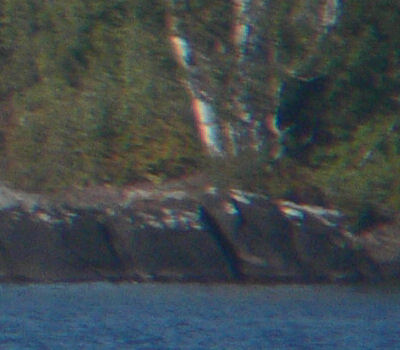
|
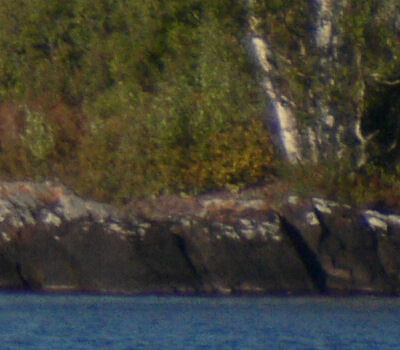
|
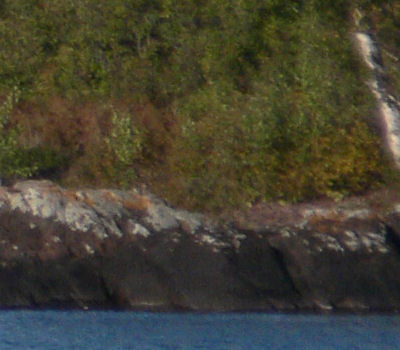
|
| Canon TL55 1.4X | Olympus TCON-14B 1.45X | Konica Minolta ACT-100 1.5X |
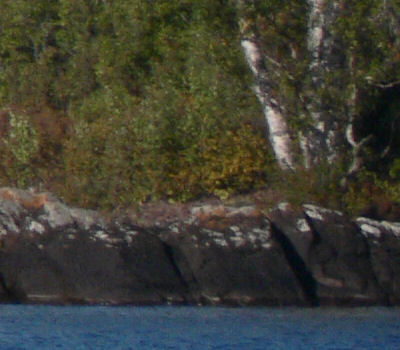
|
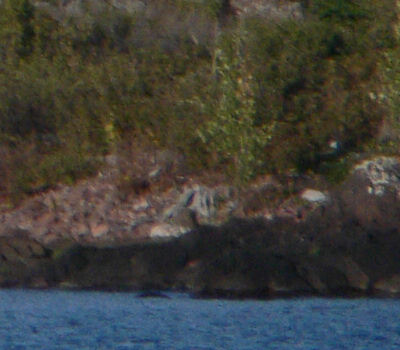
|
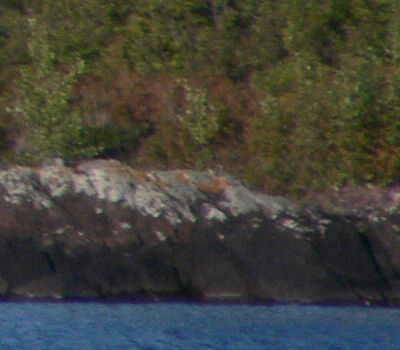
|
| Nikon TC-E15ED 1.5X | Nikon TC-E17ED 1.7X | Panasonic LT55 1.7X |
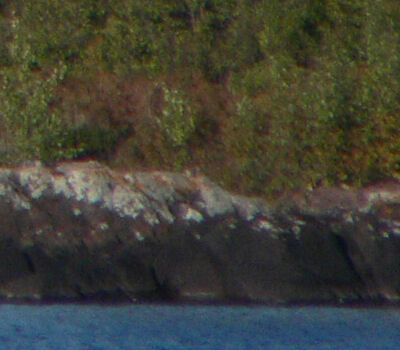
|

|
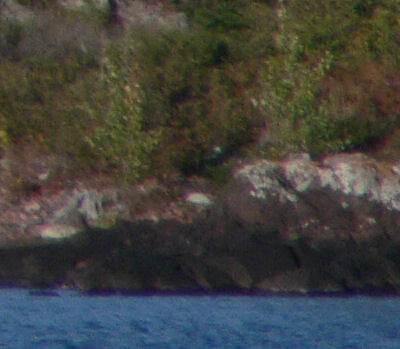
|
| Olympus TCON-17 1.7X | Sony VCL DH1758 1.7X | Sony VCL HGD1758 1.7X |
Here are a few findings from comparing the images of this scene: